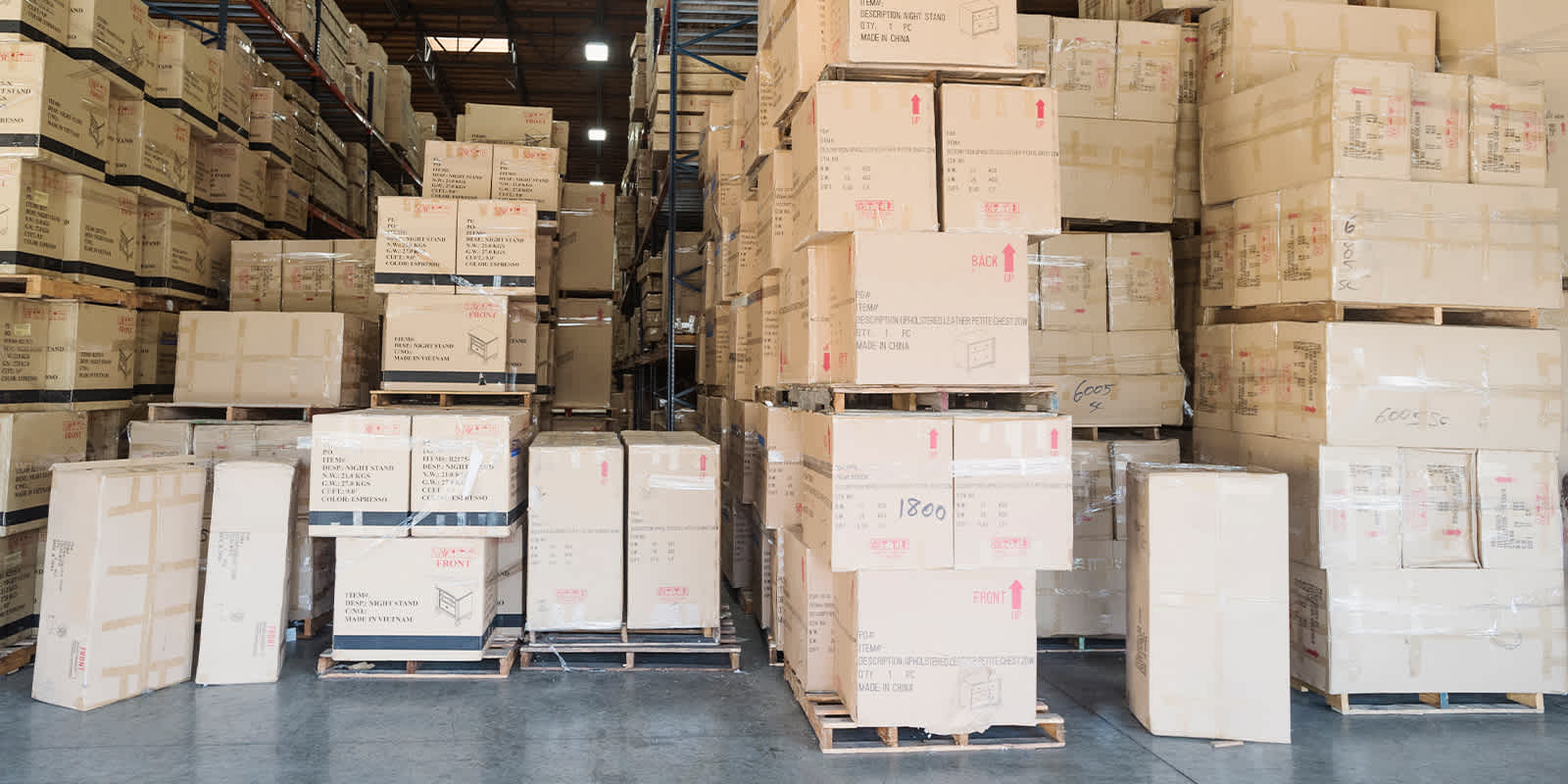
May 6, 2020
Congestion at PVG Airport: Changing Customs and Quality Control Regulations Create Huge Backlog
Congestion at PVG Airport: Changing Customs and Quality Control Regulations Create Huge Backlog
The timely delivery of personal protective equipment (PPE) and medical supplies from China has hit more challenges, even as global supply chains come under scrutiny. For the past few weeks, shipments have been stranded on the ground, due to severe congestion at Shanghai Pudong International Airport.
Supply-laden trucks idle in line to enter the airport, China's busiest freight hub. Once there, the cartons sit in stacks, awaiting export. As noted in a recent blog post, quality control, international trade compliance, and air uplift capacity conspire to keep shipments grounded—as factories and supply-chain workers hustle to meet demand in a scenario that’s been building for weeks.
Customs Compliance
In addition, vital shipments are under review, as Chinese customs authorities pivot to comply with shifting regulations, first spurred by reports of poor quality or counterfeit supplies and, a few weeks later, eased after requests from suppliers, importers, and the US State Department to facilitate movement of goods.
With China’s Labor Day holiday extended to a five-day period this year (May 1-5), unlike the usual three-day break, the pressure was on to get goods shipped out before May 1 to avoid delays. That increased the burden on customs inspection, adding to the already serious PVG congestion. According to reports, all of PVG’s terminals were in various stages of overwhelm, with freighters leaving empty or only partially full, as a result of ground-handling delays and customs inspections. On top of that, rates were climbing to historic highs.
Earlier, on April 25, The Ministry of Commerce, the State Administration for Market Regulation (SAMR), and General Administration of Customs joined in an effort to loosen complex export rules instated on March 31, although the Chinese government may adjust policies in the future.
Prior regulations, which still stand, include requiring registration for factories that manufacture PPE and special export licenses. Factories are required to meet the country of import’s standards, too. In the case of the US, that means complying with FDA requirements.
Accuracy Is Everything
When exports reach Shanghai, they usually undergo a series of inspections that include checking actual products against documentation that can range from customs declarations to product packaging. If, for instance, a declaration says masks are non-medical and the packaging, which a Western buyer may not be able to read, says they’re medical, Chinese authorities are unlikely to solve the discrepancy. They’ll simply move onto the next shipment in a critical attempt to clear good PPE.
“With cargo space so limited and demand so high, allowing any bad PPE to be loaded on an airplane is not good,” notes Tom Gould, Vice President of Customs and Trade Advisory at Flexport.
In an era of extreme need, the delays at Shanghai are further fueling a sense of urgency to meet one imperative the world shares right now: keeping people safe from COVID.
To get help with customs clearances or to learn how to de-risk shipments with a mix of transport modes, talk to a Flexport customs and trade expert.



